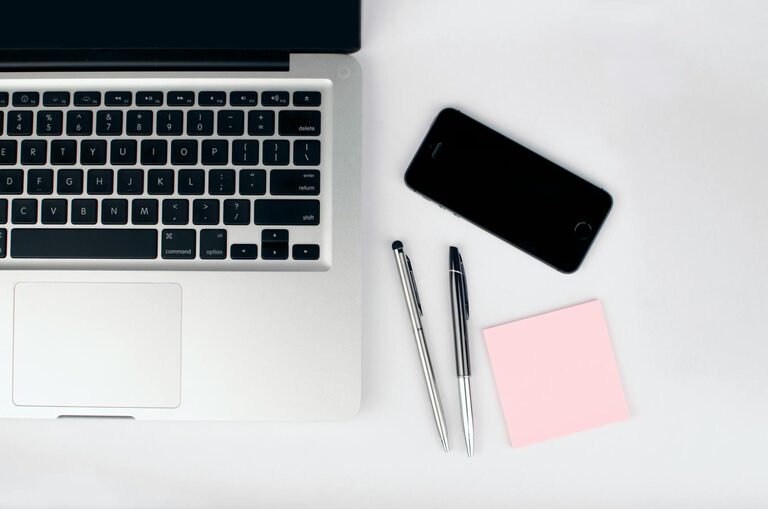In today’s connected world, our digital devices often become cluttered with countless files, emails, apps, and notifications. Just like physical clutter, digital clutter can lead to distractions and stress. Taking time to declutter your digital life can improve your focus, productivity, and overall well-being. This post will guide you through practical steps to regain control of your digital space.
Why Decluttering Your Digital Life Matters
Digital clutter might not take up physical space, but it can weigh heavily on your mental space. A messy desktop, overflowing inbox, and redundant apps can slow you down and make it difficult to find important information. By regularly organizing and simplifying your digital environment, you create a more efficient, less stressful experience when using your devices.
Step 1: Organize Your Files and Folders
Start by tidying up your files. Over time, documents, images, and downloads pile up, often without a clear system.
– Create a folder structure: Design folders by category, project, or file type. For example, create separate folders for Work, Personal, Photos, or Taxes.
– Sort existing files: Move files into appropriate folders. Take this opportunity to delete duplicates or files you no longer need.
– Name files clearly: Use descriptive and consistent file names so you can find items quickly in the future.
– Use cloud storage wisely: Backup important files to cloud services like Google Drive or Dropbox. However, review cloud folders regularly to avoid replicating clutter.
Step 2: Clean Up Your Email Inbox
Emails accumulate quickly, making inboxes overwhelming.
– Unsubscribe from unwanted newsletters: Use tools or manually unsubscribe from emails that no longer interest you.
– Create filters and labels: Automate sorting by sender, topic, or priority to keep your inbox organized.
– Archive or delete: Archive emails you might need later, and delete others to reduce clutter.
– Set aside time for email management: Dedicate a few minutes daily or weekly to keep your inbox under control.
Step 3: Declutter Your Mobile Device
Smartphones can become cluttered with apps, photos, and notifications.
– Delete unused apps: Review your apps and uninstall those you no longer use.
– Organize apps into folders: Group apps by function, such as Social, Productivity, or Entertainment.
– Manage photos: Regularly back up photos to cloud storage or your computer, then delete blurry or duplicate images.
– Limit notifications: Turn off non-essential notifications to reduce distractions.
Step 4: Streamline Your Digital Accounts
You likely have multiple online accounts for shopping, social media, and services.
– Review account usage: Delete or deactivate accounts you no longer use.
– Update passwords: Strengthen security by updating weak passwords and using a password manager.
– Check privacy settings: Adjust settings to control what information you share online.
Step 5: Tame Your Browser
Web browsers accumulate history, bookmarks, and extensions that can slow you down.
– Organize bookmarks: Sort bookmarks into folders and delete outdated links.
– Limit browser extensions: Remove extensions you don’t use to improve performance.
– Clear cache and cookies: Regularly clear browsing data to enhance speed and protect privacy.
Step 6: Establish Daily Digital Habits
Maintaining a clutter-free digital life requires consistent habits.
– Schedule regular cleanups: Set a weekly or monthly reminder to tidy up files, emails, and apps.
– Practice mindful digital use: Be intentional about when and how you use devices to avoid unnecessary buildup.
– Backup regularly: Keep important data safe by backing up through automated cloud services or external drives.
Final Thoughts
Decluttering your digital life might seem like a daunting task, but breaking it into manageable steps makes it achievable. The benefits—greater productivity, less stress, and a clearer mind—are well worth the effort. Start small today, and you’ll soon enjoy a more organized and peaceful digital experience.

